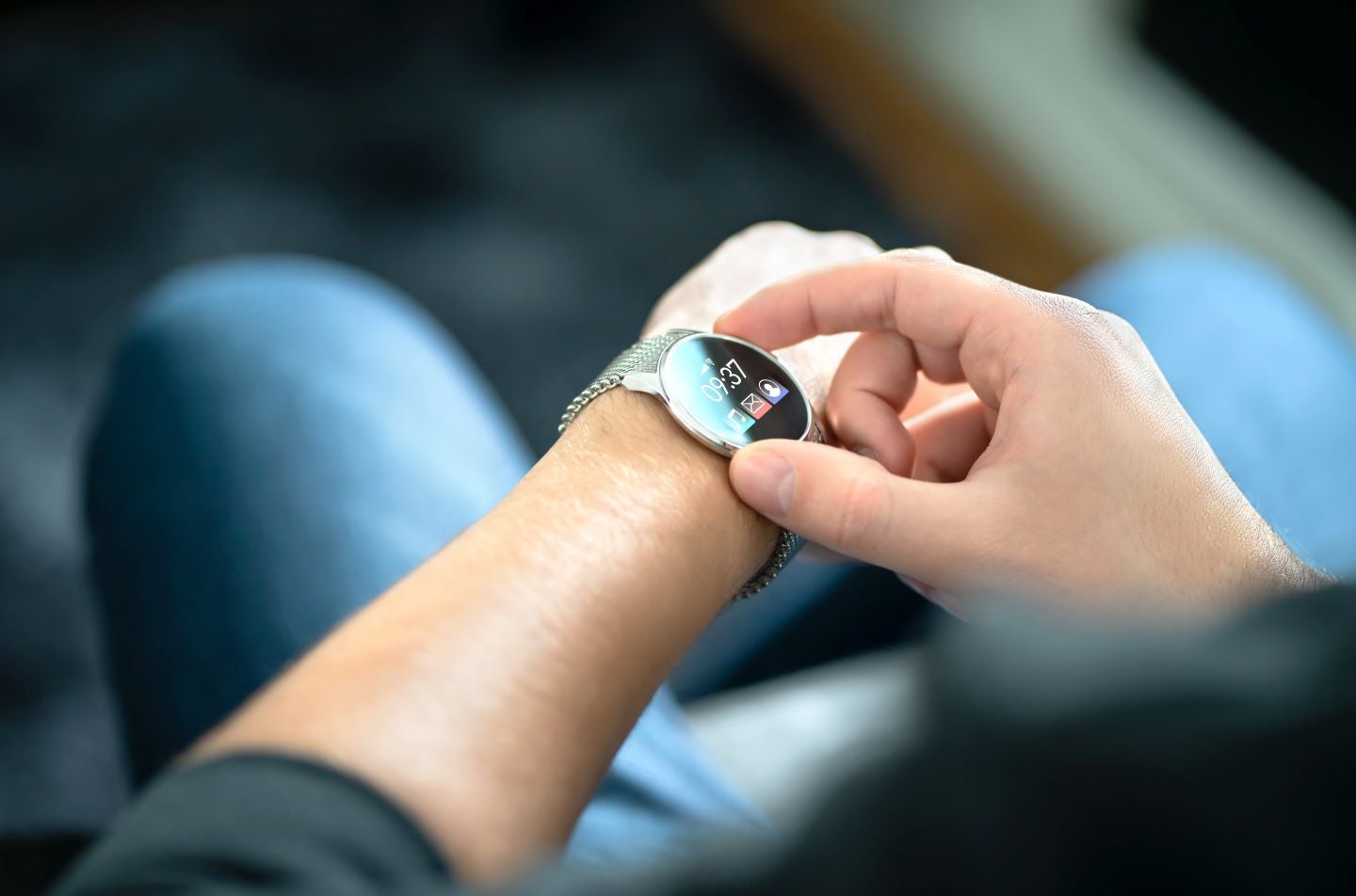Calorie tracking and encouraging messages to reach your fitness goals are two common features of smartwatches. But behind these motivational best friends does there lie an eating disorder’s (ED) worst enemy?
Gen Z and eating disorders
Gen Z’s push to optimize its physical health is nothing new. In its Generation Z in Tech, Media, and Telecom report, Global Data describes how most generations are interested in improving their physical health, from sharing weight loss tips found in magazines to buying gym subscriptions and jumping onto whatever magic diet is in vogue. But what is unique about this generation is that members of this cohort go beyond just appearance and instead see physical health as a gateway to improved mental health and wellbeing.
Technology is helping Gen Z respond to the demands of maintaining a healthy body, and smartwatches meet this need and are extremely popular. However, despite this focus on looking beyond physical appearance and Gen Z’s promotion of body positivity, they still experience significant body image problems. Gen Z are the most vulnerable to EDs and the cases are on the rise.
Closed the ring but at what cost?
EDs are serious conditions that impact both mental and physical health and are often fatal. EDs affect 30 million Americans, though they are widely underreported globally. The most common types are anorexia nervosa and bulimia, complex conditions with an array of even more complex causes.
As a result, smartwatches not only normalise but also enable certain neurotic traits that are associated with EDs. For an individual with an ED or those at risk of developing one, the calorie-counting feature of a smartwatch opens the door to obsessive calorie counting. Obsessive calorie counting is typical of EDs, with restrictive eating and excessive exercising being potential consequences.
Furthermore, the notifications from a watch informing you that you have done less exercise or that you have not reached your goals can be detrimental. Even to someone not struggling with an ED, these notifications will encourage feelings of guilt and anxiety.
How well do you really know your competitors?
Access the most comprehensive Company Profiles on the market, powered by GlobalData. Save hours of research. Gain competitive edge.

Thank you!
Your download email will arrive shortly
Not ready to buy yet? Download a free sample
We are confident about the unique quality of our Company Profiles. However, we want you to make the most beneficial decision for your business, so we offer a free sample that you can download by submitting the below form
By GlobalDataThe gamification of smartwatches—such as a simple ‘Well Done’ message or a picture of a trophy after achieving a certain number of steps or exercise—can help users reach their goals. But this gamification has the potential to become addictive as every goal reached results in a rise in dopamine, further reinforced by ‘competition’ between smartwatch owners, including leaderboards. This could further exacerbate the risk of excessive exercising by encouraging unattainably high standards.
Every body is unique
Individual requirements for calorie intake, rest, and exercise are unique—something that is insufficiently considered by smartwatch producers.
Most smartwatches use the basic metabolic rate (BMR) metric, which calculates approximately the minimum number of calories required for survival. Many variables can influence this metric including muscle mass, weather, height, and weight. Smartwatch calculations tend to show results on the lower end of healthy ranges. This is particularly problematic as those with EDs often further restrict their calorie intake, creating scenarios of dangerously low-calorie intake.
Rest and recovery are very important metrics. This is because it is during the recovery phase that your muscles are growing. Including these steps avoids overfatigue as well. The Whoop smartwatch is one example of a smartwatch that takes these metrics into account and is notably popular among professional and amateur athletes. But other smartwatches fail to do the same.
Intuition is vital and inherently human
When attempting to deal with an ED or other mental health issue, intuitively listening to the body’s needs is a must. However, this ability is limited by a user’s reliance on the data collected by their smartwatch, which cannot determine what feels right for the user. Smartwatches effectively require balanced mental health for the data they collect to be effective. And ultimately, smartwatches only provide users with this data—with a combination of intentionally addictive features—to keep people using them.









Related Company Profiles
Whoop Inc